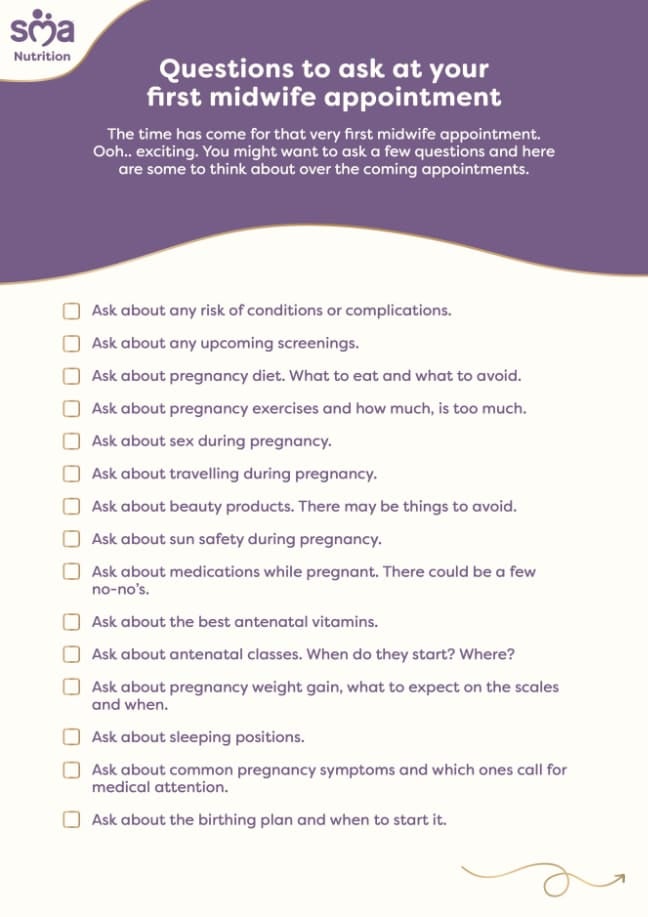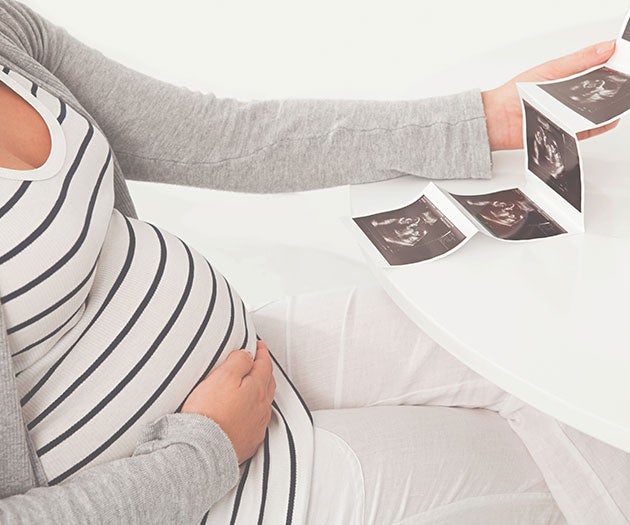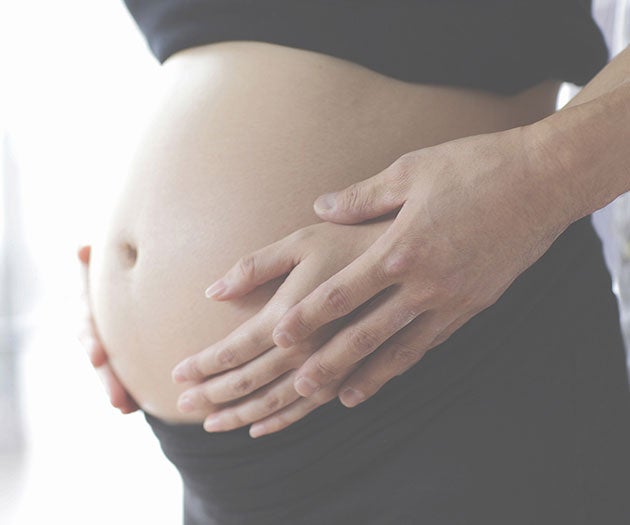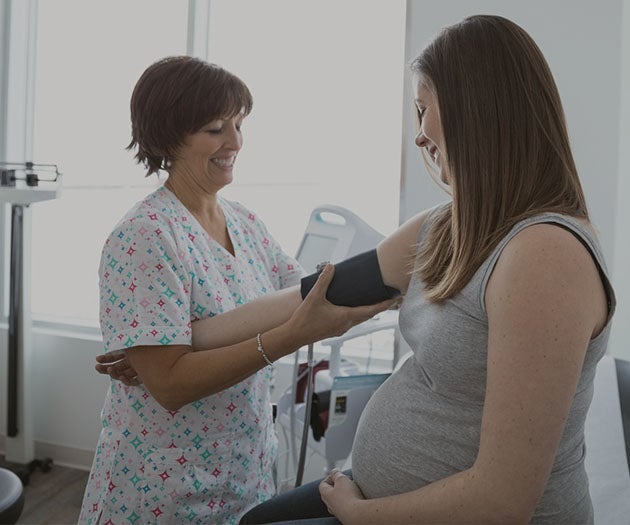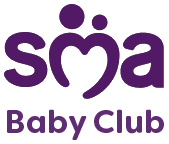Introduction
When you’re pregnant, it’s hard enough taking in all the changes to your life and to your body, let alone what your maternity notes mean. This guide will help you translate them into plain English.
What are maternity notes for?
At your first appointment with the midwife, you will be given a personal pregnancy record book called your maternity notes. Always keep them somewhere handy. And remember to bring them to all your antenatal appointments, and importantly, when you go into hospital to give birth.
As well as a record of all your tests and scans, your maternity notes are a reference guide. They include all the emergency numbers and some general advice and tips for staying well during your pregnancy. They are useful documents to have so read through them with your partner.
Have questions for your first midwife appointment? Read our handy midwife appointment checklist below or download and take with you to the appointment. If you’re feeling nervous about anything, this is a great chance to discuss any little worries and put your mind at rest.
What's in your maternity notes?
- Any illnesses you have had in the past that may influence your pregnancy and labour
- Your present health and any conditions or medicines that you are taking
- The health of close family members, so your midwife can check whether your baby might inherit a condition that runs in your family
- Any information about any previous pregnancies
- The date of your first antenatal visit and your due date. Yet to find out your due date? Why not find out with our pregnancy due date calculator.
- The results of blood tests
- Any checks your midwife has carried out at the antenatal clinic
- Blood pressure readings, and urine test results
- Measurements of your bump and a log of the positions your baby is lying in, later on in the pregnancy
- Details of your ultrasound scans. If you’re yet to have one, check out what to expect at your first pregnancy scan.
- A customised growth chart for your baby
- Your birth plan including any preferences for pain relief
What do the maternity notes abbreviations mean?
Here’s a list of the most common abbreviations you might see in your maternity notes and what they mean.
16+2 The length of your pregnancy (i.e. 16 weeks and two days)
ANC Antenatal clinic
BP Blood pressure
Br Breech (baby is bottom down)
Ceph Head down
CS Caesarean section
CX Cervix
E Head engaged
ECV External cephalic version (when your breech baby is turned externally by hand)
EDD Estimated date of delivery
Eng Head engaged
Fe Iron
FHH Fetal heart heard
FHNH Fetal heart not heard (this is often because your baby is lying in an awkward position)
FMF Fetal movements felt
FMNF Fetal movements not felt (this usually means your baby is resting)
GTT Glucose tolerance test (for pregnancy related gestational diabetes)
HB Haemoglobin (an indicator of how much iron you have in your blood)
IOL Induction of labour
LMP Last menstrual period
LOA Left occipital anterior (the back of your baby’s head is on your left-hand side and towards to your belly button)
LOP Left occipital posterior (the back of your baby’s head is on your left-hand side and towards your spine)
MSU Midstream urine
NAD No abnormality detected
NT Nuchal translucency (fluid under the skin at the back of your baby’s neck which is measured at your first ultrasound at around week 11 of your pregnancy)
PET pre-eclampsia toxaemia (a condition in pregnancy that refers to high blood pressure, swelling and protein in urine)
Rh Rhesus factor (On your first antenatal appointment, your blood will be tested to find out which type you are – A, B, AB or O - and your rhesus status – positive or negative)
ROA Right occipital anterior (the back of your baby’s head is on your right-hand side and towards the front of your tummy)
ROP Right occipital posterior (the back of your baby’s head is on your right-hand side and towards your back)
USS Ultrasound scan
UTI Urinary tract infection
VE Vaginal examination
VX Vertex (part of your baby's head)




